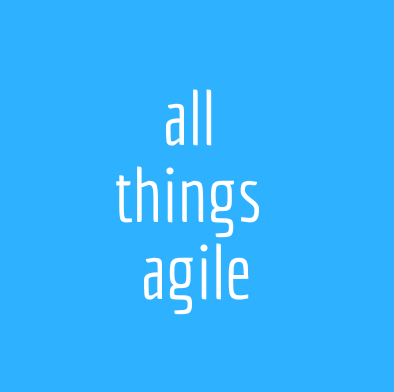For a while I was really obsessed with Barry Overeem’s work. His 28 characteristics of a Great Scrum Master helped me a lot in my journey to perfecting my craft as I kept facing challenges with the role myself. But the main reference for me as far as the role goes is his dissection of the scrum master role in 8 stances: which you can find here. The 8 stances are: Teacher, Coach, Servant Leader, Change Agent, Mentor, Facilitator, Impediment Remover and Manager.
I think than not only me, but the whole scrum community consider that work a must-read for any scrum master seeking high performance. As the name says, it will bring you on a journey of discovering all the facets of the role and Barry takes some time exploring misconceptions of the role as well, before diving into the 8 stances. If you have never read it, take a note and make sure to go check it out for yourself. Print it. Save it. You will want to revisit from time to time.
As you can judge from my enthusiasm I was surprised at first when after referring virtually any scrum master and aspiring scrum master to that material half of the people just did not read it in full or did not know it existed. It puzzled me that such an inspiring, high quality work was not getting all the traction I expected among my local peers. It certainly had traction in the European community! I was dreaming of having tons of open conversations with all the readers I could find locally, experienced or not. It has always been a passion of mine to explore great reads in groups, to amplify the knowledge within groups. But that one was somehow not possible. Why was half of my contacts unmoved by that work?
It was then a matter of investigation for me and I noticed from my pool of scrum masters friends and clients that those who did not commit to a full read of the 8 stances of the scrum master were either:
- Scrum masters that entered the role without having necessarily aspired to it (e.g. transitional project managers “transformed” into SMs);
- Beginners in the role, people that occupy the position with the right mind of serving their teams, but that are just too fresh in the field, having maybe worked with one team and sometimes in companies that adopt broken Scrum.
Once I understood that demographic, another idea came to mind: maybe it was still possible to get that deep understanding and amplification of knowledge I was seeking, just in a different way. Sure, I could then just redirect people to the links; some people like to read. Sure I could talk to them about it; some people prefer digests. But the coach in me wanted to make that group discover the 8 stances. Discover, I say, because discovery is yours to keep, unlike training or lectures.
A mentoring program
From there it was born something that I hope will become my go-to approach to the 8 stances of the scrum master: a highly interactive mentoring program covering each of the 8 stances through activities that allow the scrum masters to dig deeper based on their own needs and understanding. A scrum master that is just starting up would use the stance of teacher to focus on teaching Scrum, which he or she will first have to master. A more seasoned scrum master would approach the same stance from a different perspective: teaching the scrum team to adopt a learning stance, leading to the team actually living the notion of continuous improvement. Same topic, several interpretations possible.
With that idea in mind, I jumped into my Trello board to design what could possibly become a series of learning experiences that combined would form a mentoring program. But I am also entertaining the possibility that the stances could be visited individually, without the need to bring in all the 8: it could be a matter of personal interest for certain scrum masters to develop more in one stance (become a better change agent); it could be that a specific stance was so much more challenging given a company context that a group would want to spend more time dissecting it (how to better remove impediments). All based on their context, all guided by the mentees.

What is in it?
My mind is constantly on the move to mix and match concepts and experiments and for me what is clear is that this mentoring program will be treated under the umbrella of the open source. I plan to combine:
– Tobias Mayer’s Scrum Master Clinics, which is a streamlined, simple and easy approach to mentoring based on voluntary participation;
– The 8 stances of a Scrum Master, by Barry Overeem, contemporary of the Scrum Master Clinics;
– Training from the back of the room by Sharon Bowman, basically a way to design highly interactive learning experiences in which we get out of the way and let people learn. It is not free per se, but the Agile community uses lots of its principles;
– Liberating structures for the facilitation, to give the power of learning and interacting back to the mentees.
One thing I am sure of is that the initial Trello board will evolve into something very distinct as I test it with different groups. I am also sure it will be a fun idea put in practice and it will develop into something completely different than I anticipate. That being said, once I reach something that resembles a decent prototype I will give it back to the Agile community. Whatever this program become it is being built on top of great work of other contributors and I want to make sure to honor this.
I hope to be sharing some of the development and the learnings on my website and blog as well as in person in some Agile gatherings come 2020 and 2021.



